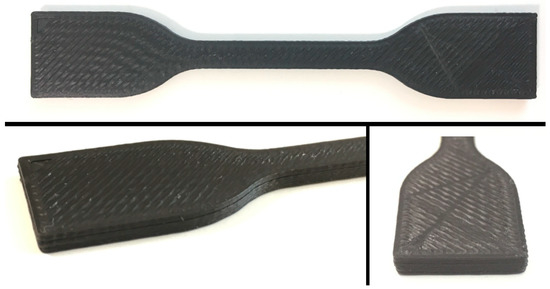Applied Sciences 2021, 11(3), 1272S

In this publication, we describe the process of fabrication and the analysis of the properties of nanocomposite filaments based on carbon nanotubes and acrylonitrile butadiene styrene (ABS) polymer for fused deposition modeling (FDM) additive manufacturing. Polymer granulate was mixed and extruded with a filling fraction of 0.99, 1.96, 4.76, 9.09 wt.% of CNTs (carbon nanotubes) to fabricate composite filaments with a diameter of 1.75 mm. Detailed mechanical and electrical investigations of printed test samples were performed. The results demonstrate that CNT content has a significant influence on mechanical properties and electrical conductivity of printed samples. Printed samples obtained from high CNT content composites exhibited an improvement in the tensile strength by 12.6 %. Measurements of nanocomposites’ electrical properties exhibited non-linear relation between the supply voltage and measured sample resistivity. This effect can be attributed to the semiconductor nature of the CNT functional phase and the occurrence of a tunnelling effect in percolation network. Detailed I–V characteristics related to the amount of CNTs in the composite and the supply voltage influence are also presented. At a constant voltage value, the average resistivity of the printed elements is 2.5 Ωm for 4.76 wt.% CNT and 0.15 Ωm for 9.09 wt.% CNT, respectively. These results demonstrate that ABS/CNT composites are a promising functional material for FDM additive fabrication of structural elements, but also structural electronics and sensors.

